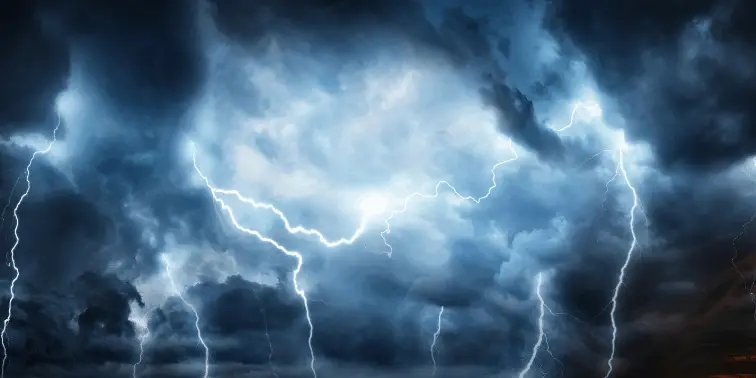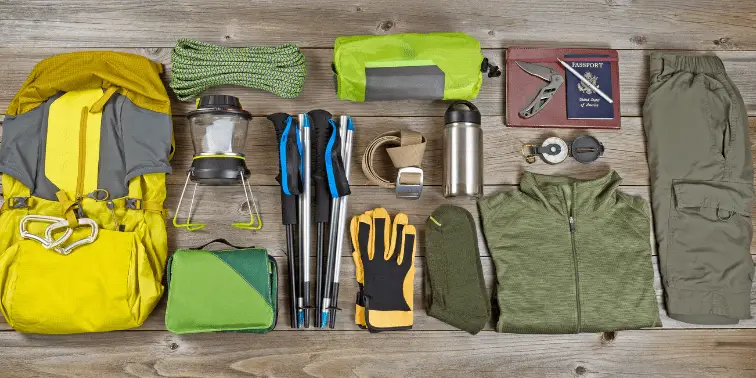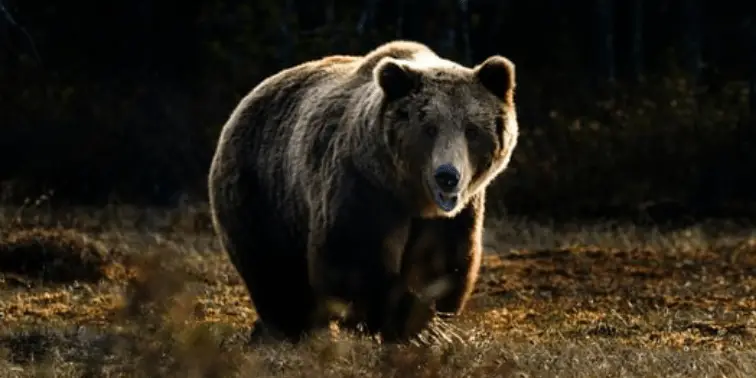Hiking is amazing. Ask anyone who hikes and they’ll be the first to tell you this. However, for someone new to hiking, the idea of walking out into the middle of the woods can be intimidating. There are a lot of concerns that may cause someone not take that first step. This guide is meant to address some of those fears and teach you how to stay safe hiking.
Most safety concerns when hiking are things that can be solved before you even take your first step. Being prepared for what might occur, doing a bit of research on your trail and checking the weather is 90% of staying safe when hiking.
Being able to check these pre-hike boxes will also give you confidence once you do head out.
Most safety issues when out on the trail fall into four major categories:
- The Elements
- Yourself
- Animals
- Humans
We’re going to break down each category and talk about what safety concerns you should think about (or are already worried about) and what you can do to address those concerns.
Before we do that though, I’m going to give you my first, and maybe most important safety tip. Always let someone know when and where you’re hiking and when you plan to be back. Then check in with that person when you return.
This is especially true if you’re solo hiking. Having someone that can sound the alarm when you don’t return as planned can be a game changer in getting you out of a potentially dangerous situation.
This page contains affiliate links. If you use these links to buy something I may earn a commission. Thanks.
How to Stay Safe Hiking: The Elements

Check the Weather
This seems fairly obvious, but cannot be overstated. Knowing the weather you’re likely to encounter goes a long way into deciding what gear you’ll need for the hike. Temperature and precipitation will both have a say into how you prepare. Having said that, realize that the weather can always change, and if you’re hiking to elevation, most certainly will change as increase elevation.
Dress in Layers
Dressing in layers is the easiest and most efficient way to adapt to changing weather. A heavy jacket is an important piece of gear in really cold weather. But, on a spring day when it may be cool in the morning, but warm up through the day, a heavy jacket may become a pain in the rear to carry around all day once it warms up.
An extra long sleeve shirt may give you enough warmth in the morning and is much easier to store in a pack or even around your waist later in the day.
Sun Protection
One of the biggest misconceptions from many new hikers is that because they’ll be in the woods, they’ll be in shade all day. This not necessarily the case. The fact is, most trails have stretches where you’ll in the open, basking in sunshine. This is especially true if you’re hiking to some type of peak. Always make sure to pack some sun block (or apply some before you leave if it’s a shorter hike) and/or wear a hat.
How to Stay Safe Hiking: Preparation

I’ve already talked about how being prepared can eliminate the majority of safety issues when hiking and this is where protecting YOU from YOURSELF comes into play. When most people think about how to stay safe when hiking, they think about bears or falling off a cliff when in reality most dangerous situations people find themselves in while hiking can be directly attributed to themselves.
Research Your Trail
Make sure to find a trail that is appropriate for the fitness level for everyone in your group (including puppy dogs if they’re coming with you). Jumping on a trail that is beyond your physical capabilities is one of the easiest ways to put yourself in a bad position. What is the length of the trail? What’s the elevation?
Also have a sense of the type of trail it is. For instance, is a loop? Out and back? Having a general idea of the direction and path you’re covering can be helpful to have a sense if you get way off trail.
Have the Proper Gear
Make sure you have gear that is appropriate for the hike you’re going on. Is it a 3 mile hike that should take an hour with gentle slopes and nice weather? Or is it a 15 mile hike that will take an entire day going up steep, rocky inclines in the snow? Chances are it will be something in the middle, but again, research your trail and then pack appropriately.
You may not need hiking boots and multiple snacks for the 3 mile hike, but you probably want both for the 15 mile one. If you’re going on a full day hike, we give break down everything you want to bring.
If safety is a big concern of yours, you can also look into purchasing a Personal Locator Beacon (PLB) or Satellite Communication device. They are a bit expensive, but can provide you with an enormous piece of mind knowing you are never out of reach of signaling for help.
Food and Water
Bringing adequate food and water (and a little reserve in case of emergency) is critical for staying safe from anything from cramping to heat exhaustion.
Bring nutrient-dense foods and snacks that don’t take up much space in a pack, but provide a lot calories. Hiking can burn around 500 calories per hour. A couple snacks over the course of a long hike can help you keep your energy levels up. A little reserve calories can help keep you fueled for an extra day or two in an emergency.
You need to take about a liter of water for every two hours of planned hiking. I would even suggest adjusting that a touch higher in hot and/or humid environments.
It’s also a great idea to take a means to be able to purify your own water in case of an emergency. I’m a big fan of the LifeStraw. It’s a straw that purifies water and allows you to drink water straight from an outdoor source. It’s cheap and small and easily fits into a backpack.
How to Stay Safe Hiking: Animals!

Don’t Hike Alone
Not necessarily for the reason you may think. Hiking in a group, or at least a pair, is beneficial because a group is going to make more noise on the trail than a solo hiker. A group is going to chat, rustle more leaves and kick more rocks. Noise is a great deterrent for wildlife on the trail. Once Jen learned this, she now enjoys singing super random songs when we get the sense we’re not around many people.
If you do solo hike, make it a habit to make noise occasionally. Sing, talk to the trees, recite your favorite movies from the 90s or just yell out the common “Ayy Bear!”.
Stick to the Trail
Just by simply staying on the trail, you’ll minimize your encounters with wild animals. Wandering off the trail can put you unwittingly into a predator’s territory. Also, be aware of your surroundings while on the trail. Don’t wear headphones so you can hear everything around you. Animals moving through the woods or a rattle from a rattlesnake can help alert you to danger.
Keep Food Sealed
Smelling like peanut butter sandwich is a great way to attract wild animals. Keep your food sealed and in your pack while you hike. This includes the empty wrappers of the food you just ate. Put everything in a zip lock bag or some type of sealed container.
Do. Not. Run.
Chances are you’ve heard this before, but wondered if it is actually true. It is. Running from a predator will trigger it’s natural instincts to chase you down. This is the absolute worst thing you can do. Well, walking up and bopping a bear or big cat on the nose is probably worse, but you know what I mean.
If you do come across a bear or big cat, remain calm, stand tall, wave your arms up and down in a non-threatening manner and talk or make noise so you can be identified as a human. Slowly try to back away from the animal while continuing to move your arms and create space between you and them.
How to Stay Safe Hiking: Humans!

While other people is the least likely thing to cause you harm on the trail, I want to acknowledge that for many, this is the fear that may keep them off the trail. The fact of the matter is attacks from other humans is extremely rare on the trail, but here are a few tips to be prepared.
Don’t Hike Alone
The same thing that can help keep you safe from animals also works with people. There is always safety in numbers. I’m not trying to say that you shouldn’t solo hike. Many people do and thoroughly enjoy it. I don’t think twice about hiking or trail running by myself, but in fairness I’m 6’4 and 250 pounds. All I’m saying is if this is a concern for you, find someone to go with you.
Bear Spray
The same Bear Spray that works on bears will work just as well on humans. The key is to make sure to carry it in a place that is readily available on your person or on your pack should you need it.
Walk With Confidence
Most attackers are looking for an easy target. Walk with confidence and great posture and look the person in the eye as you pass them on the trail. Doing this can give off the impression that you are not an easy target.
Final Thoughts of Staying Safe While Hiking
A little bit of research, planning and preparing will go a long way in staying safe on the trail. Hike with a partner or a group if possible. Let someone know when and where you’re going and when you’ll be back. Follow these simple tips can help make your next hike a safe one!

